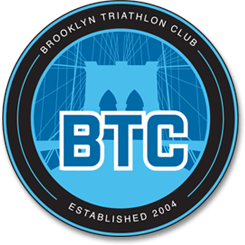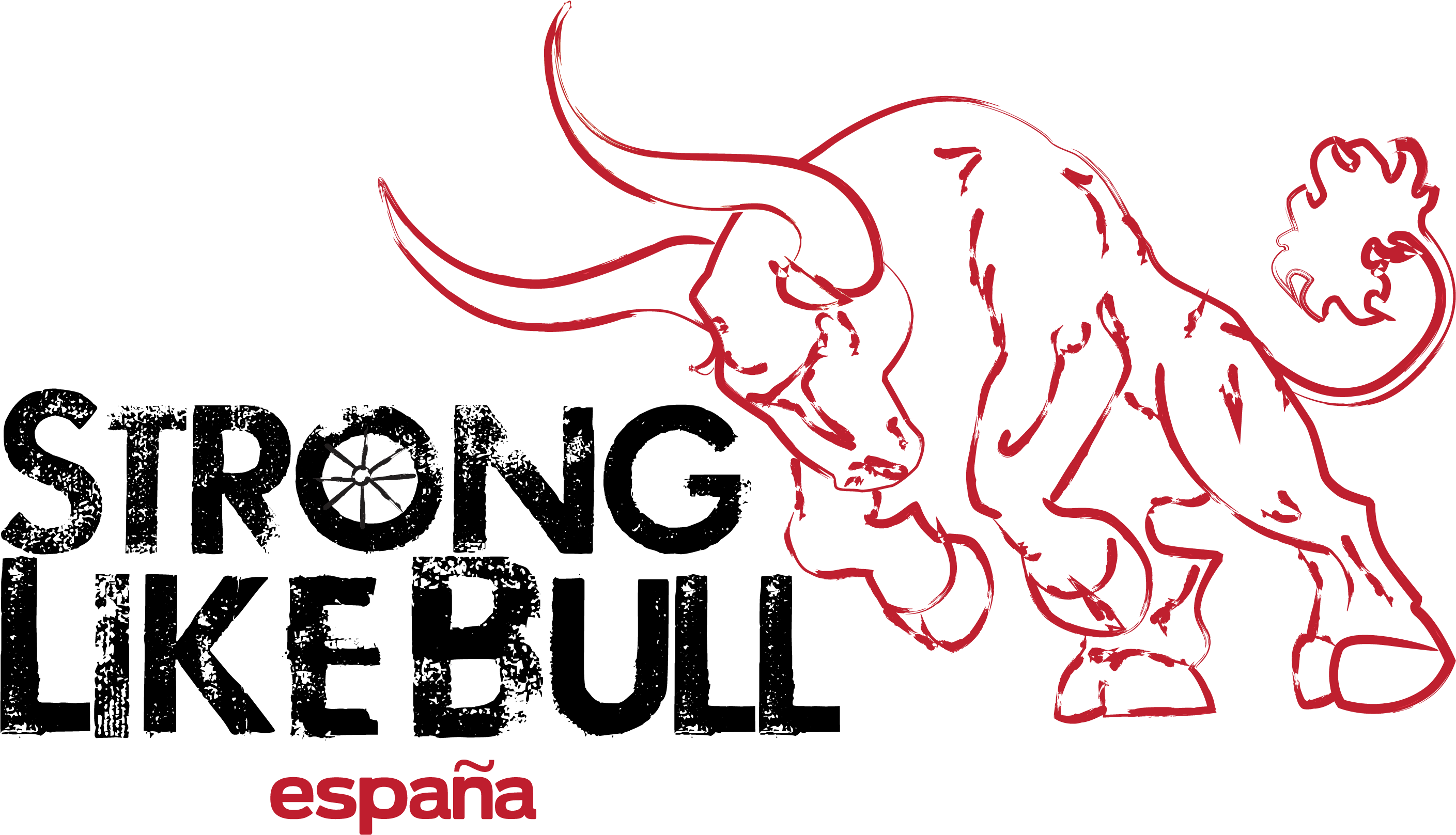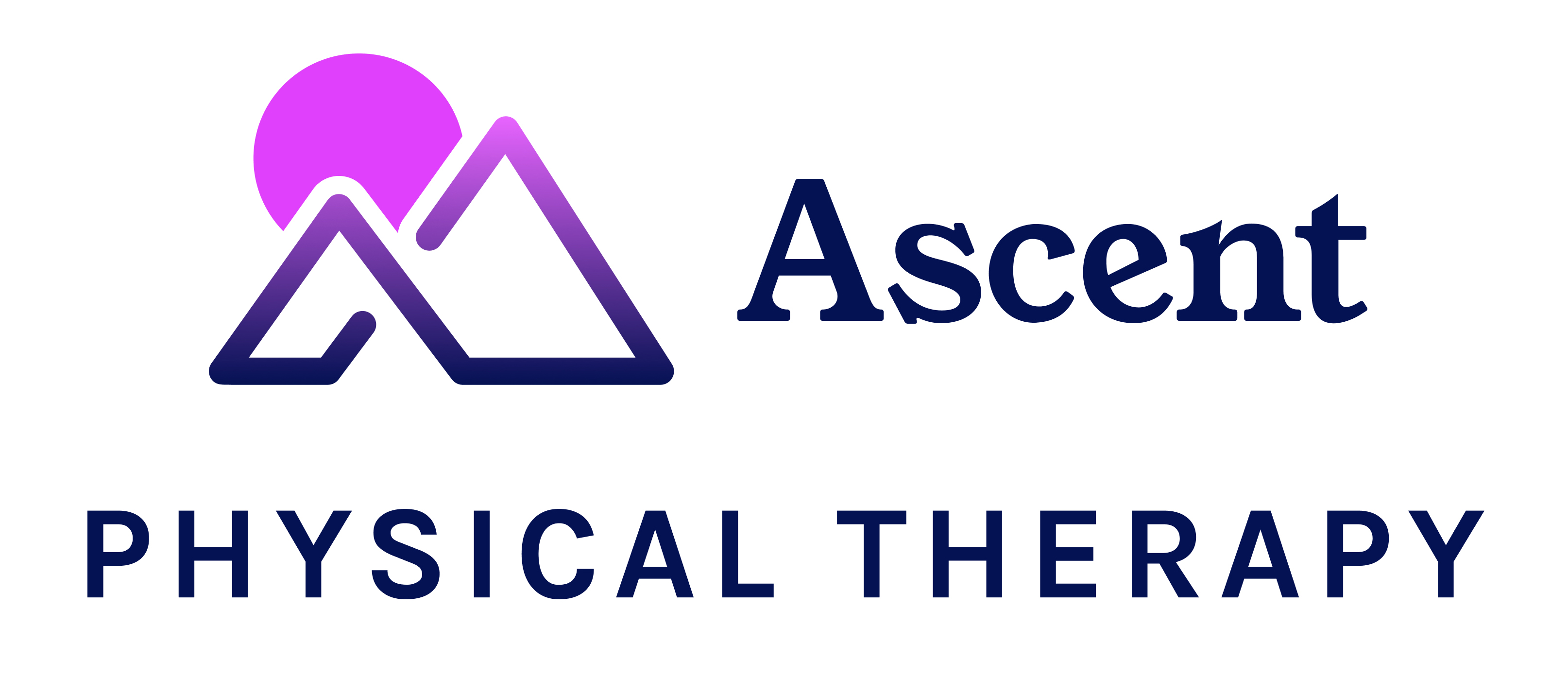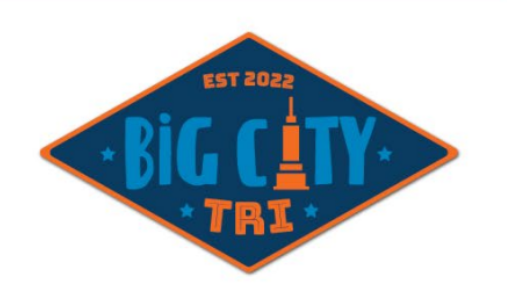Hi Everyone,
It’s vital to know how cycling cadence affects your run, and how run pacing impacts your ability to finish strong. This week you’ll begin to optimize both. You’ll need a cadence meter on your bike.
First, a little background…
How does cycling cadence impact your run?
We have a pretty good idea (from experience and studies) that cycling intensity does, and that keeping it steady – much easier in non-draft legal racing – makes for a better run. However, cadence differs by individual and sometimes by race distance.
Studies are out there (and there are many more!):
Gotshall and Palmer (2002) found that during a high intensity 30min effort, higher cycling cadence (>100 rpm), compared to the selection of lower cadences (70–90 rpm), increased run stride frequency and, as a result, increased running speed significantly in a 2mi run (almost 1min faster). No matter the bike cadence, the participants initially ran with short strides, but by the (400m/.25mi) mark, stride length had returned to normal and stabilized.
Bernard and Vercruyssen (2003) found that during the first 500 m of the run, stride rate and running velocity were significantly higher after cycling at 80 or 100 rpm, but not after 60 rpm. (i.e. they did not see a large race benefit from the highest cadence, as Gotshall and Palmer did).
Vercruyssen and Suriano (2005) found that run time to exhaustion (at 85% of max velocity) was significantly increased (>30%) after a 30min ride (at 90% of lactate threshold) if cadence was dropped 20% from the athlete’s freely chosen cadence for the final 10min before the run.
Hausswirth and Le Meur (2009) found that starting an Olympic distance triathlon’s 10K run (first kilometer) at 5% slower than stand-alone 10K speed resulted in a significantly faster overall tri10-km performance than did starting 5% faster or 10% slower. These were elite males. Based on their results, this would amount to a *starting point* of 15-30sec slower per mile than goal avg race pace for most age group triathletes. Average time for the tri run was less than 30sec off the athletes’ best stand-alone effort, or 4-5sec per mile. Wu and Peiffer noted that this is not the way the draft-legal pros race, and wondered if their run performance could be improved with better pacing.
Joe Friel (2012) notes that for every experienced athlete he has coached, their chosen cadence is lower, the longer the race distance. (His comments aren’t isolated to him, and not based based on formal studies, but I’ve seen and occasionally recommended something similar over the years: IM-80rpm, Half-85rpm, Oly-90rpm, Sprint-90-100rpm)
Bernard and Vercruyssen (2018) confirmed that run performance improves if prior cycling output is constant versus variable.
The upshot of this for you:
You’ll want to try out different cycling cadence models over time to see what gives you the best run. Most people go out too fast on the run, and need to practice running specific paces out of transition. These ideas play out in the Trials below.
The goals of this week’s brick are:
1) Complete a cycling cadence/run pacing brick, or ‘Trial’
2) Give yourself feedback you’ll use for comparison the next time you do it
To make any test easier to learn from, it should be done under the same (or very similar) circumstances. I’m giving you a number of options that can be done repeatedly over the weeks and months. The bike portions are all steady efforts, and the sessions could fit easily into many types of training blocks or weeks. Fortunately or unfortunately, you’ll need to do the SAME ONE several times to learn what you need to. It needs to FEEL the same, be the same INTENSITY, so you get a sense of whether the changes you’re making are improvements. I’ll post this type of session every five weeks, but you could also go rogue and do this three weeks in a row.
Learning fast can be fun!
The Brick Workout:
WARM-UP:
Raise your heart rate and loosen up your legs with a 10-15min easy jog, including several 30sec pickups.
MAIN SET:
Do one of the following sessions in the specified zone, with the Trial 1 format.
Effort is maintained in the same zone for the entire brick.
(For those of you checking Training Stress Score/TSS, ‘A’ ~ 70, ‘B’ ~ 55)
ZONE 2 (Half/Full IM)
‘B’ – 40min bike/15min run
‘A’ – 60min bike/20min run
ZONE 3 (Oly/Half IM)
‘B’ – 30min bike/15min run
‘A’ – 40min bike/20min run
ZONE 4 (Sprint/Oly)
‘B’ – 20min bike/15min run
‘A’ – 30min bike/20min run (suffer a little!)
Note 1: If you don’t know your zones, plan to do a bike and/or run test in the near future, AND choose a typical moderate Prospect Park loop time you’ve been doing recently, perhaps for the Tuesday rides, and match it. Same effort level for the run.
Note 2: Your zones could change between bricks due to new tests, and that’s fine. You could be faster for a given HR, wonderful. It’s similar output – what your body feels – that matters.
Work through a series of cadence/pacing models over a couple of months, using the same brick main set. For example:
Trial 1 – Constant RPM (your choice) bike at constant output / 1K run at 15-30sec/mile (your choice) slower than goal avg pace then, for the rest of the time, build gradually to just faster than goal avg pace (this is your baseline brick).
Trial 2 – Same average RPM as Trial 1 bike, 20% lower RPM (final 10min only), all at constant output / same run as Trial 1, with updated pacing if you’ve gotten faster
Trial 3 – RPM 5-10% different from first two trials, higher or lower (but probably not below 80rpm), NO reduction the final 10min, all at constant output / 1K run at updated sec/mile slower (based on Trials 1 & 2) than goal avg pace, then for the rest of the time build gradually to just faster than goal avg pace (For Sprint/Zone 4 brick, go for at least 10% higher bike cadence than Trials 1 & 2.)
Note: Findings from these sessions will help design the race simulations discussed in the Brick Goal-Setting article, when you get closer to a goal race. As you progress, you’ll be going longer for the Half and IM distances, and will be able to check your cadence and run pacing findings under something closer to actual race fatigue.
Give yourself some feedback:
– Did I find myself having to push hard following many gear shifts, or spinning out? (You may need help with shifting)
– Did I find myself shifting a lot to maintain output, perhaps finding myself ‘between gears’ more often than I’d like? (You may need help with shifting, or a new cassette or chainring/crankset.)
– Was I not shifting much at all, and perhaps not paying close enough attention to my cadence?
– If cadence was recorded, how much did it vary, and how could I tighten the spread?
– How did my legs feel off the bike? (heavy to limber, on a scale of 1-10)
– How long did it take my legs to feel ‘normal’ off the bike? (1/4mi, 1/2mi, longer?)
– What was my run HR and/or RPE? (lower for the same pace is better)
– Was my overall run pace faster than expected, perhaps at the same or lower HR or RPE?
Reference Links:
https://journals.lww.com/acsm-msse/Fulltext/2002/09000/The_acute_effects_of_prior_cycling_cadence_on.19.aspx (Gotshall and Palmer 2002)
https://www.ncbi.nlm.nih.gov/pmc/articles/PMC1724616/pdf/v037p00154.pdf (Bernard and Vercruyssen 2003)
https://www.ncbi.nlm.nih.gov/pmc/articles/PMC1725201/ (Vercruyssen and Suriano 2005)
https://hal-insep.archives-ouvertes.fr/hal-01724323/document (Hausswirth and Le Meur 2009)
https://joefrielsblog.com/bike-cadence-and-triathlon-race-distance/ (Joe Friel 2012)
https://app.dimensions.ai/discover/publication?and_facet_source_title=jour.1045505&search_text=Factors%20influencing%20pacing%20in%20triathlon&search_type=kws&search_field=full_search#readcube-epdf (Wu and Peiffer 2014, deep dive into factors that influence triathlon pacing)
https://hal-insep.archives-ouvertes.fr/hal-01708106/document (Bernard and Vercruyssen 2018)









